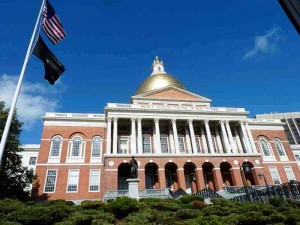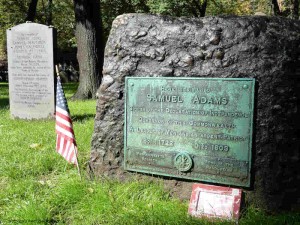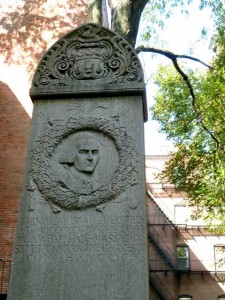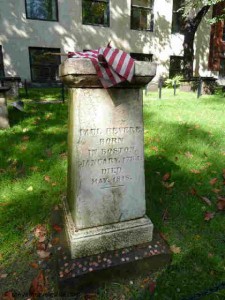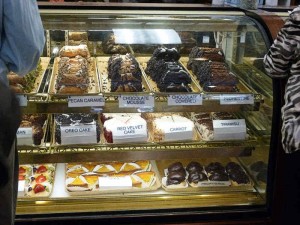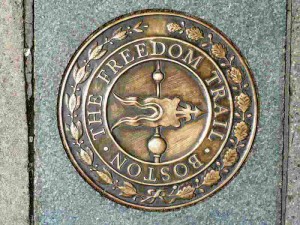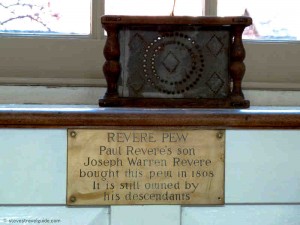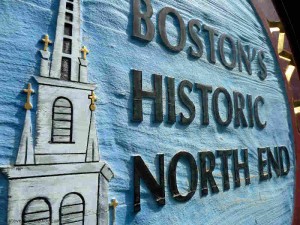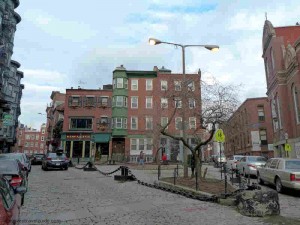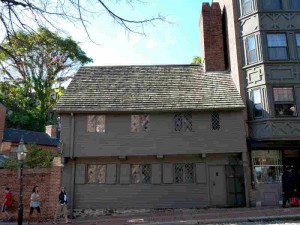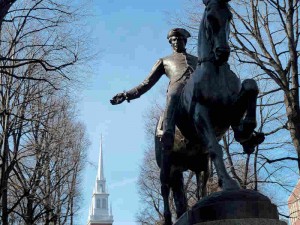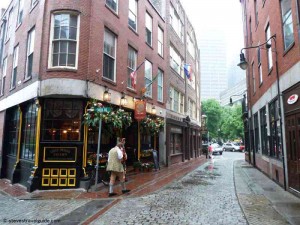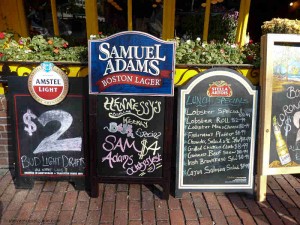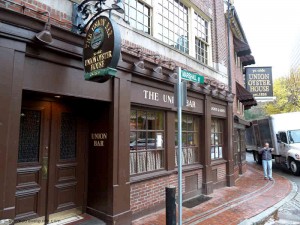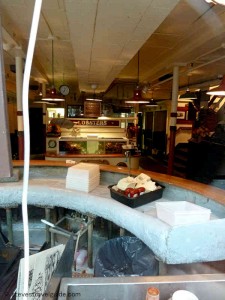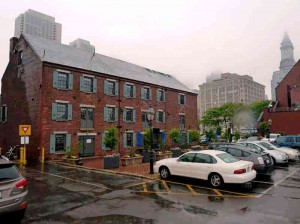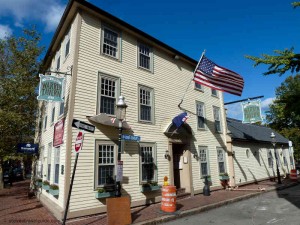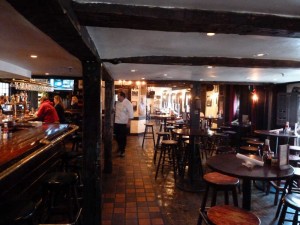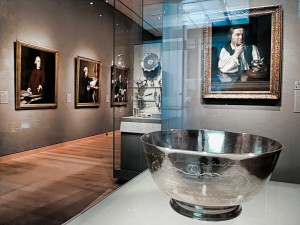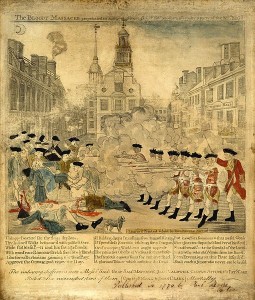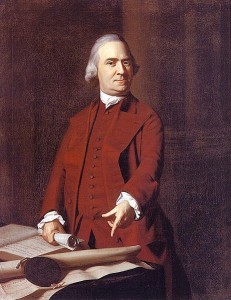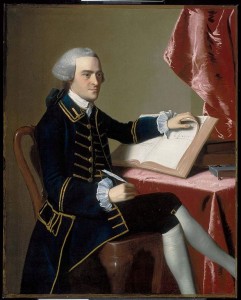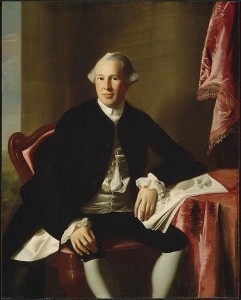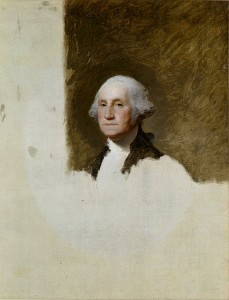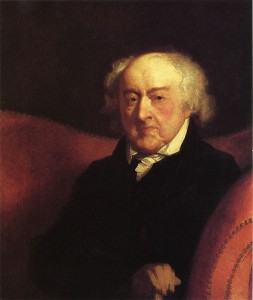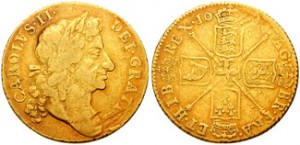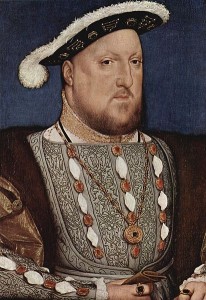Select your language to auto-translate:
Home to the Mass Legislature and Executive Offices
This State House, designed by Charles Bulfinch, replaced the Old State House (Stop 9) in 1797 and was built on land originally owned by John Hancock.
Free.
Access is via the General Hooker Entrance on the right side of the building. You will need to pass an airport-like security screening to enter the building.
Excellent free tours are offered. It is suggested that you make a reservation, although it is often not required.
Monday-Friday 10-3:30
Official website for tours and information:
http://www.sec.state.ma.us/trs/
617 727-3676 to schedule a guided tour
Handicap access: most of the building is accessible via elevators. To enter, use the entrance at Ashburton Park.
Public transportation: Red or Green lines to the Park Street Station.
The tours run about 45 minutes and are worthwhile. Passing through security may take a little time on busy days. Overall, plan about 1.5 hours for your visit.
Background Information
In 1787, four years after the end of the American Revolution, Massachusetts started planning for a new State House. The Old State House (Freedom Trail Stop 9) was getting too small and it had too many memories of British authority.
Charles Bulfinch, already well known for his fine work around Boston, was selected as the architect. The plans were drawn up in 1787, but the land for the project, originally John Hancock’s pasture, was not purchased until 1795, two years after Hancock’s death.
Building started on July 4th 1795, when, with Sam Adam and Paul Revere presiding, 15 white horses (one for each state in the union – the original 13 plus Vermont and Kentucky) pulled the cornerstone up the hill.
The red brick building, with its white marble trim, stone steps, and impressive dome, was completed in 1797. The dome is capped with a pine cone, which was placed to honor the lumber industry. What you see today has been expanded several times – the original red brick portion was just 61 feet deep. The wings and the back of the State House were added later.
The dome was originally shingled to combat rot, but in 1802 it was covered with copper, manufactured in Paul Revere’s copper rolling factory. Copper from the same factory was also used to coat the hull of the USS Constitution. The gold leaf was not added until 1874.
The dome was painted gray during World War II to keep the city dark during black outs, then re-gilded with 23k gold in 1997. The gold leaf is no thicker than a sheaf of paper, and if rolled together, would be about the size of a pineapple.
Visitors need to enter via the General Hooker Entrance (Hooker was a famous Civil War General) on the right side of the building. The front steps are only used for the President of the United States or foreign heads of state, when soldiers return from war, and when the departing governor takes the “long walk” at the end of his or her term.
Arranging a tour inside the State House is highly encouraged, but if you can’t take the tour, feel free to visit on your own as there is much to seeand it is a beautiful building. One of its more famous tenants is the “Sacred Cod,” which honors the importance of the fishing industry to the state. It was given to Massachusetts in 1784 and originally hung in the Old State House. Today it is in the chamber of the House of Representatives. Other artifacts include weapons from the Revolutionary War, a number of paintings by Edward Brodney, Bradford’s history of Plimoth (Plymouth), the original Massachusetts Charter, battle flags, and a cannon captured from the British during the War.
The State House is the oldest building on Beacon Hill and sits close to the crest of the hill. When the State House was built, Beacon Hill was considered “the country” and actually consisted of three connected hills – Beacon (Sentry), Cotton (Pemberton) and Mount Vernon (Mount Whoredom). Since that period, Cotton and Mount Vernon were leveledand Beacon was cut down to about 1/2 its original height. The land removed from the hills helped fill in areas of the Charles River, Boston Harbor and Back Bay.
